What’s the Best Type of Wood for Carving? (With Pictures)
-
- Last updated:
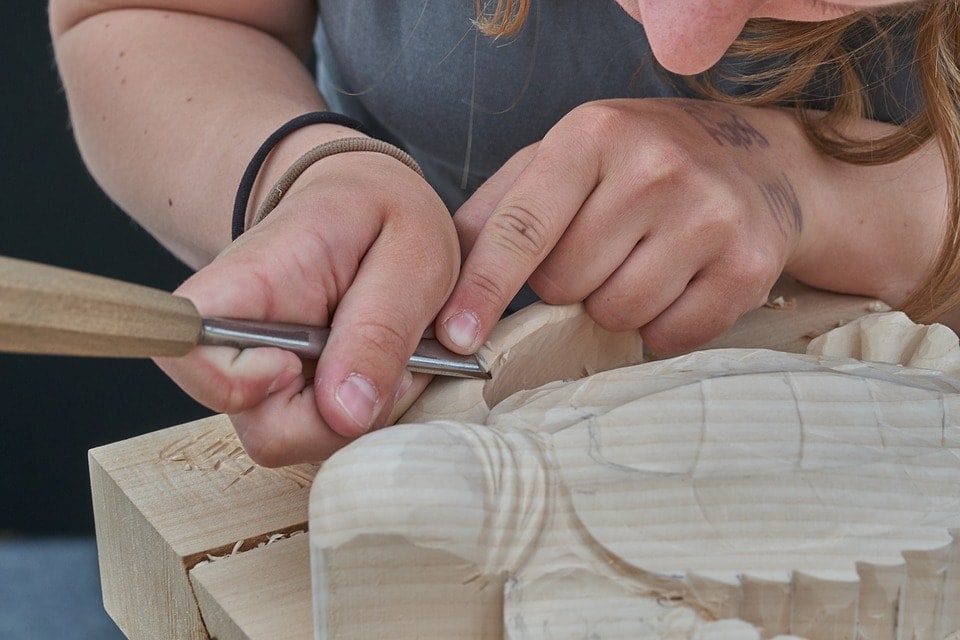

Maybe you just like whittling or maybe you are interested in carving dinnerware, reliefs or kitchen items. Maybe you have the mettle to carve with a chawoodinsaw. But if you don’t have the correct wood type, it’s possible that you are going to find yourself having trouble. Some of the kinds of wood will be too soft to handle food, for example. Others, like pine, are full of knots and will put up a fight while you try carving.
With a lot of options that you can choose from in nature, you might wonder what kind of wood is going to be best for carving. Below we have looked at many common types of wood that people use for carving and what they are good to use to carve.

The 19 Best Woods for Carving
1. Acacia

Acacia is a shrub and a tree, and they are both used in handcrafts. This type of wood is of fine quality and is the preferred wood when creating woodwork since it’s strong and hard. The timber’s olive-green, yellow-greenish or yellow, and the growth rings can be clearly seen. A water-resistant and strong wood, acacia is used for many different carving projects.
- Furniture
- Support beams in building construction
- Bowls
- Decorative pieces
- Bodyboards, canoes, and surfboards in Hawaii
- Acoustic guitars
- Steel guitars
- Ukuleles
2. Apple

Apple’s very pleasant for you to carve. There are interesting color combinations and shades of sapwood and heartwood. Sapwood is lighter and heartwood tends to be darker. The tree’s structure is like pear and their properties are similar, however, the apple is a little harder. You can find this type of wood just about anywhere, and it’s easy to get material for carving simply by cutting a branch from your own tree in your yard.
Apple has dense grain which means that your screws and nails are able to take hold and grip tightly. It’s also very durable to make it a great choice for your turning projects.
- Furniture
- Spoons
- Pipes (smoking)
3. Balsa
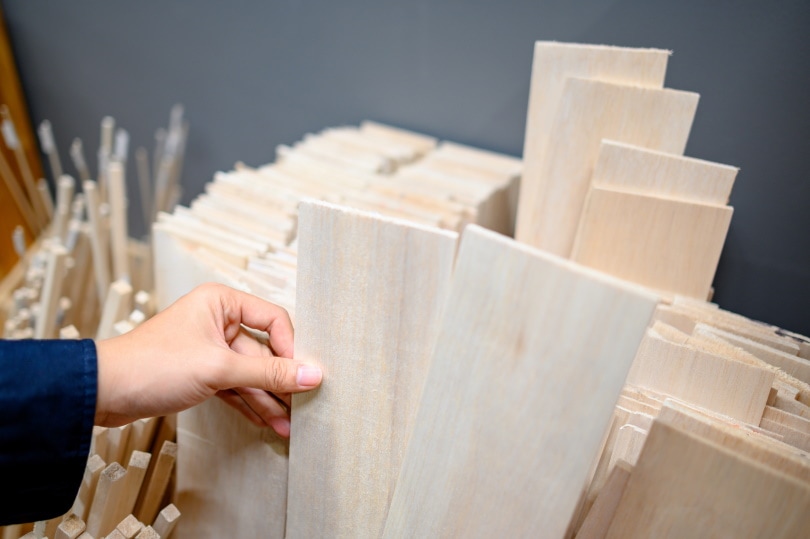
This is an excellent wood for whittling. As a lightweight and soft wood, balsa’s affordable so that it’s perfect for a beginner carver. It’s often used for crafting, dollhouses and modeling, but it also has great versatility for ornaments and statues as well. It can splinter when it’s dry, so you want to make sure that you are thoroughly sanding the edges so that the wood is protected.
- Decorative items
- Figurines
- Spoons
4. Basswood
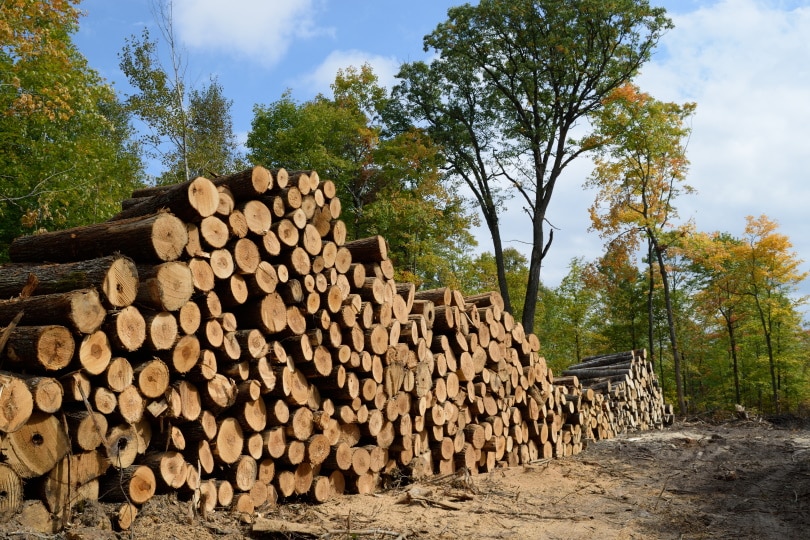
Basswood’s one of the woods that a lot of people love to use for carvings. It’s simple to work with its texture and color and odorless, it’s one of the wood types that a lot of carvers love using.
- Models
- Musical instruments
- Puppets and marionettes
- Boxes
- Toys
- Boxes
- Containers for food
- Turned items
5. Beech Wood
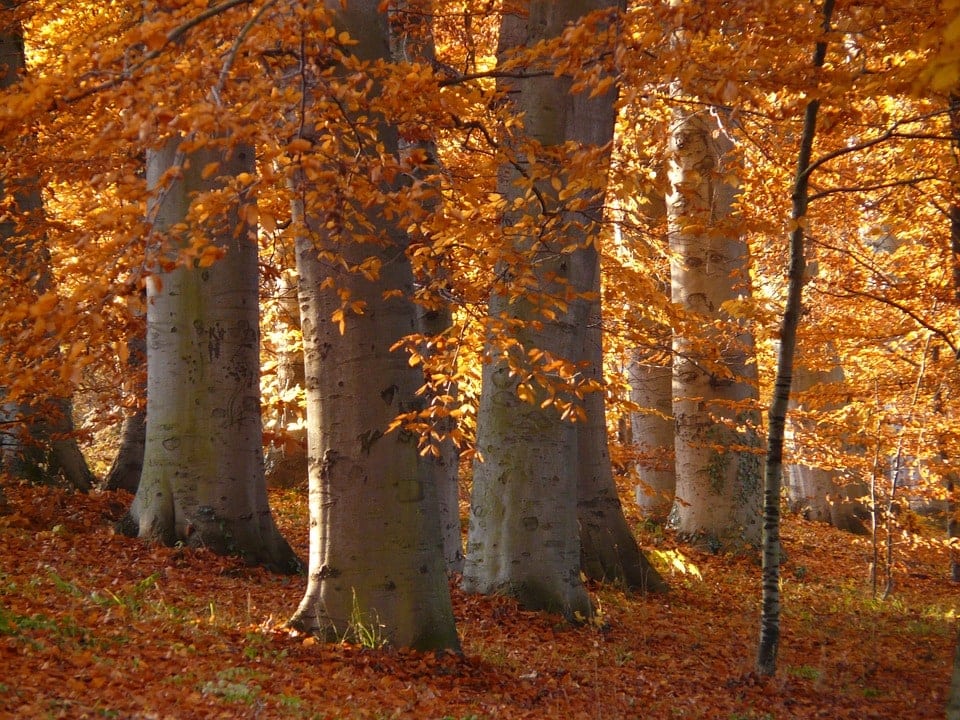
Beachwood is found in America, Asia and Europe. It’s a heavy and strong wood with fine, straight tight grain and an even texture. Beechwood’s color is creamy and light and naturally glossy. It can have a pink or brown shade.
- Goblets
- Spoons
- Cutting boards
6. Birch
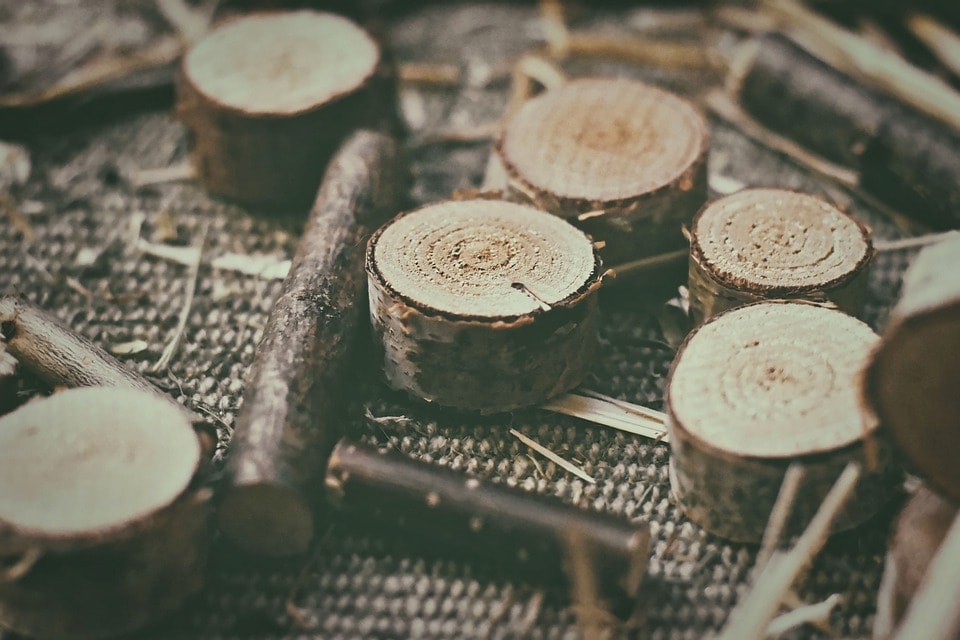
Birch is a hard wood that is great for carving. It’s used widely for furniture and flooring due to its beauty and strength. It has a fine grain and its color’s light with a natural shining. If you don’t dry it properly, it may crack and warp. You shouldn’t leave birch out in the air if you haven’t properly died the wood. Rather, put the carving in a bag made of plastic when you stop carving. This will help stop your project from being damaged.
- Spoons
- Decorative items
- Furniture
7. Black Walnut
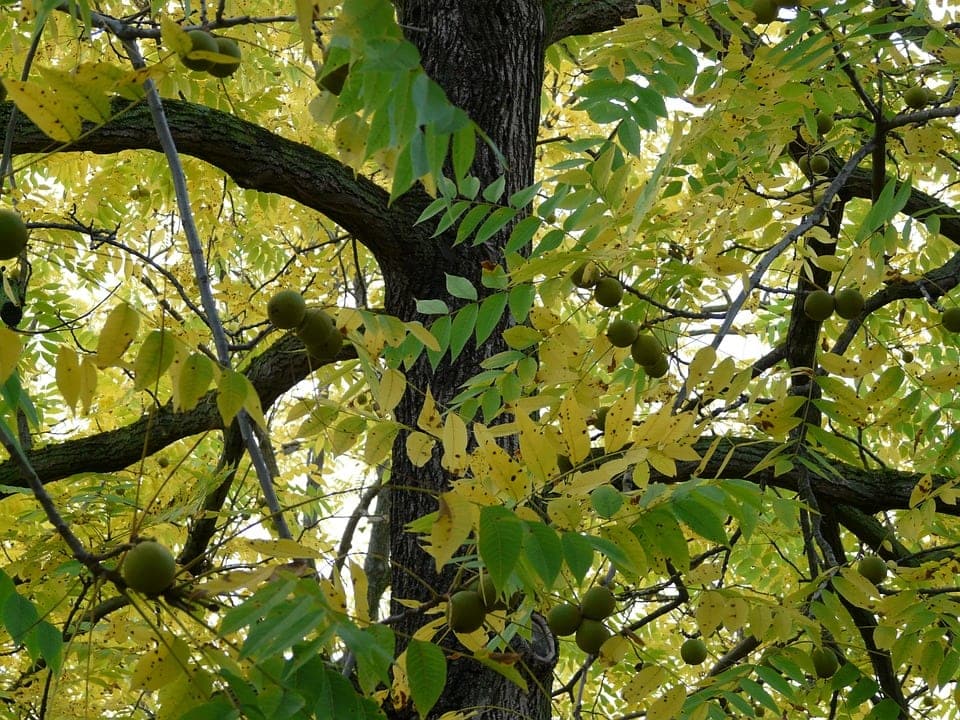
This is a harder wood, but it has a rich color and grain to create gorgeous carvings. It’s used a lot by carvers to do relief carving, even though it’s hard to carve, due to its beautiful look. If you decide to use black walnut, you should have high quality tools that are kept sharp, so you don’t strain your hands too much.
- Cutting boards
- Decorative pieces
- Spoons
8. Butternut

Butternut has a rich tan color that’s also great when you’re just starting to carve. It’s straight-grained, soft and good to use when you want to relief carve or sculpture. It also stains really well. That being said, it can be hard to find sometimes.
- Figurine
- Sculptures
- Furniture
- Mantelpieces
9. Cherry

Cherry’s used by a lot of wood carvers for little items. Because of its structure and gorgeous reddish-brown hue, it’s easy to die. It has wavy grains and isn’t made for new hand carvers, since it can be difficult. But it has gorgeous patterns in its grain and is perfect for sculptures with natural finishes.
- Spoons
- Dishes
- Decorative items
- Cutting boards
10. Cottonwood

Cottonwood’s represented by a variety of North American species and comes from the same family that poplar does and has similar properties. There are black, eastern, Fremont, narrow leaf, palmer, plains, and swamp cottonwood. Cottonwood’s color can be light brown, light yellow, or a color that is almost white.
Cottonwood’s grain is usually straight, although it can be interlocked or a bit irregular. It’s good for carving by hand, however you should use sharp tools so that the surface isn’t fuzzy. It might warp when it’s drying but it will finish and glue well.
- Decorative items
- Christmas ornaments
11. Hawthorn
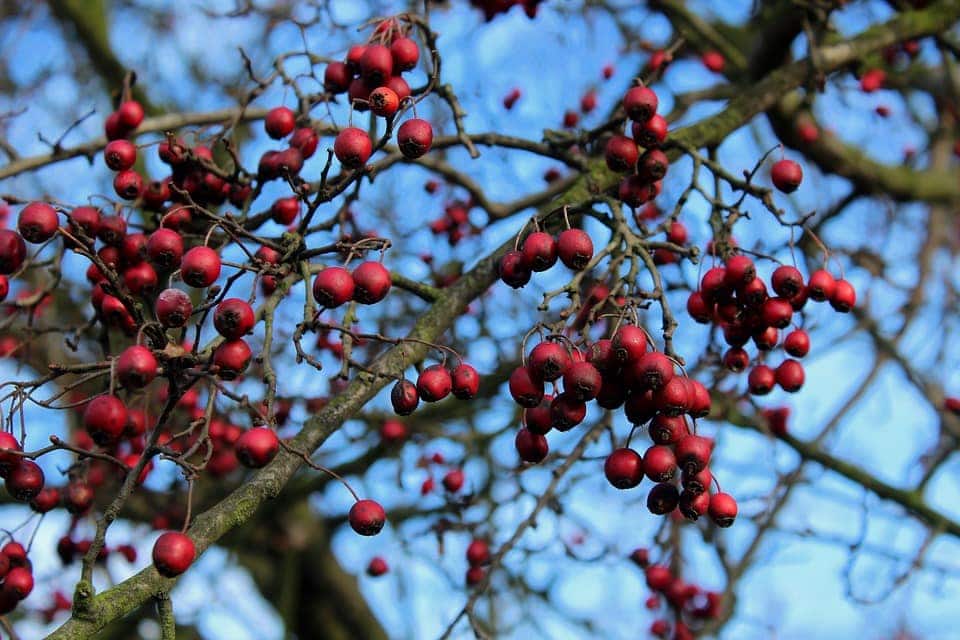
Hawthorn’s a very solid wood, but it’s expensive because it has a lot of great qualities. This type of wood is suitable for more delicate carvings, and the color can range from reddish or reddish brown if it’s an older tree to yellow if the tree is younger.
- Spoons
- Decorative items
- Mythical creatures
12. Maple
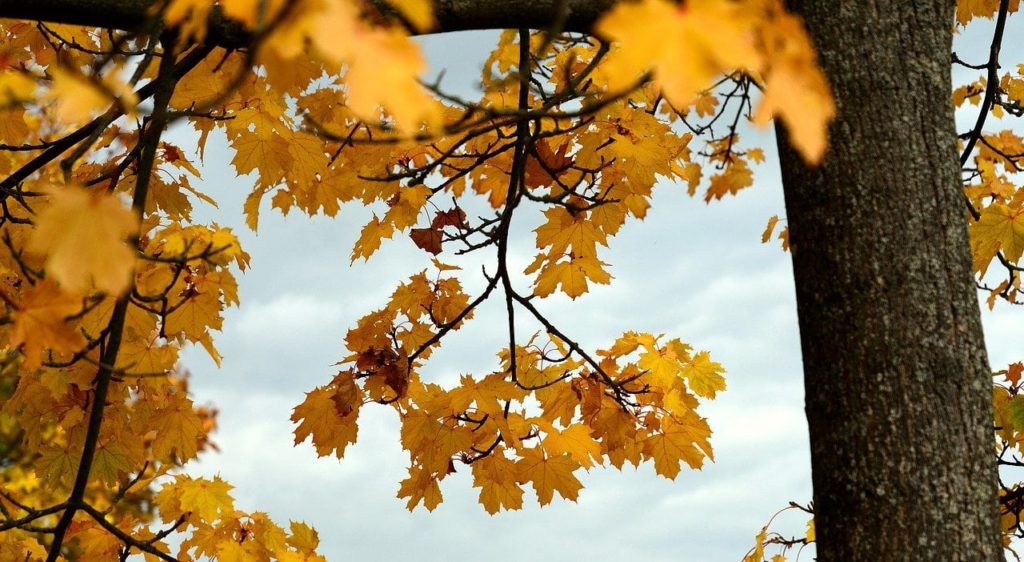
Maple is one of the woods used for carving that can present the carver with some challenges. Maple doesn’t have straight grain patterns, particularly if it’s hard maple, and this can create blotchs when they are finished as well as when being carved.
You might need to carefully plan your cuts when using maple. There are a variety of special names for grain that maple has. These include:
- Birdseye
- Fiddleback
- Curly
- Tiger
These can help with creating wonderful special effects in the carving, but you are going to pay for those effects since it will be harder to carve.
- Baseball bats
- Music instruments
13. Oak
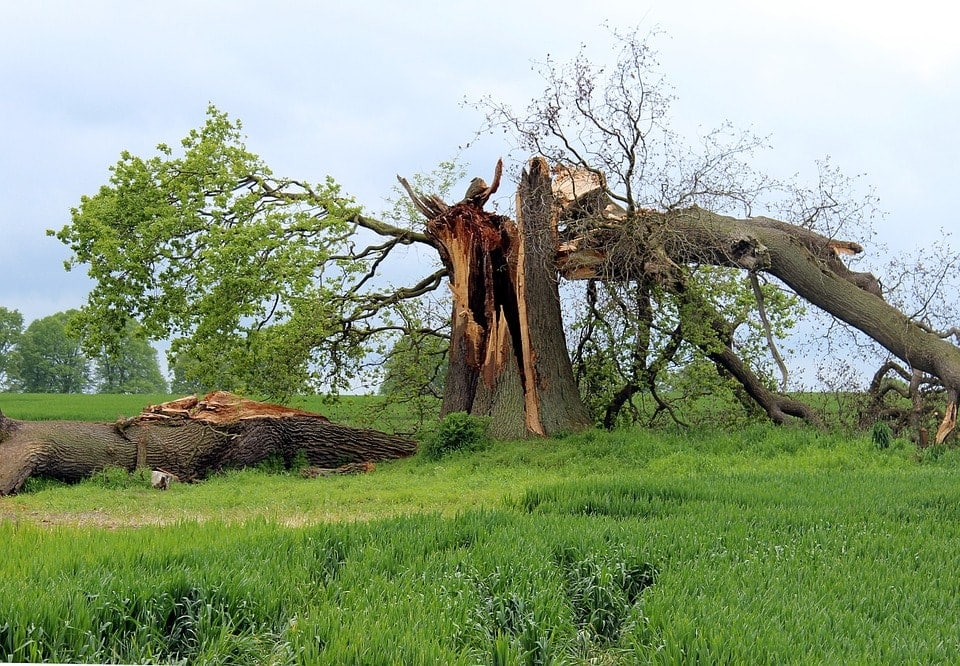
Oak’s one of the strongest types of wood, and it’s regarded widely for being a very durable wood, which will make it a great choice for furniture. The grain is also beautifully stark, and it has a gorgeous rich color which will make your work even more attractive. White oak in particular has pores that are close, and it’s used widely for wine or whiskey barrels. Since it’s a very hard wood, it can be very hard to carve.
- Decorative items
14. Olive Wood
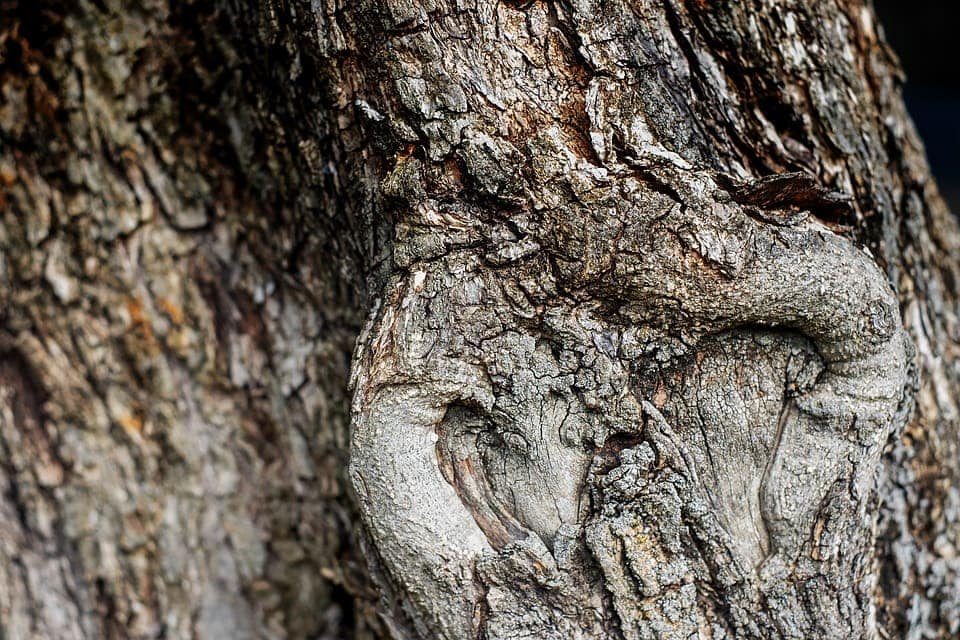
Olive is one of those types of wood that can be hard to get. But if you are able to get it, it makes some beautiful things. The reason that it can be so hard to get is that it often has to be imported from another country, based on where you live.
- Book covers
- Picture frames
- Boxes
- Crosses
- Christmas ornaments
- Nativity scenes
15. Pear Wood

Wild pear is a solid wood that’s very workable and comfortable. Its color ranges from almost white to a yellow color, and it’s easy to cut in just about any direction. Pear also can be polished, and it’s a wood that many carvers love to work with.
- Bowls
- Decorative items
- Dishes
- Spoons
- Just about anything
16. Pine Wood
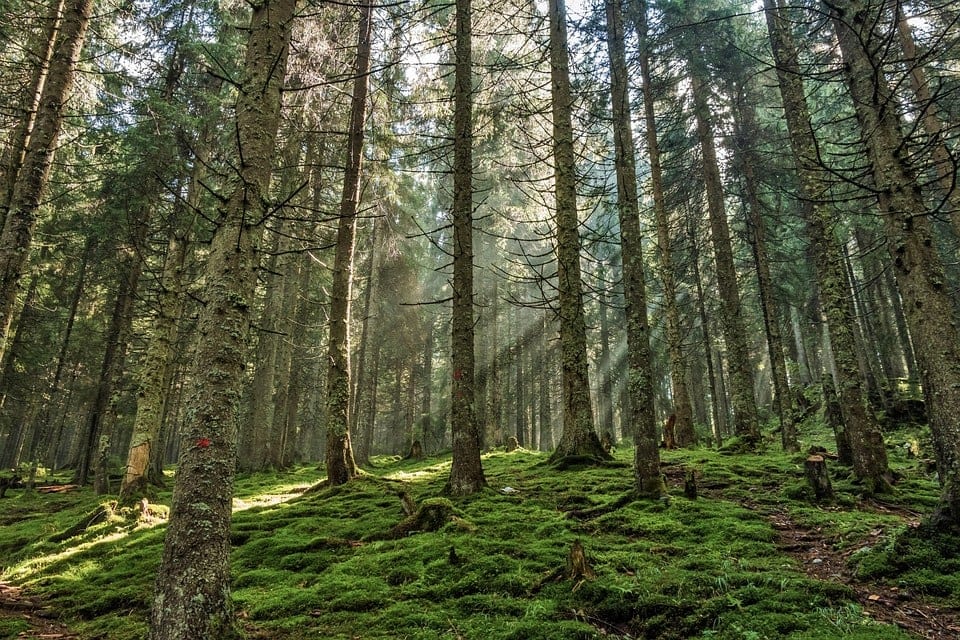
Pine starts off yellow or reddish-white, which will darken as time goes by to a reddish=brown. White pine’s similar to basswood when you’re carving it, but its grain is a little more stubborn. It’s quite popular and durable for all kinds of woodworking. It has a yellowish or reddish-white color and darkens with time to red-brown. White pine is similar to basswood regarding wood carving but has a bit more stubborn grain. Pine is quite durable and popular for all woodworking. For carving it may produce splitting and chipping but with more practice one can learn to work with it.
- Wall art
- Decorative items
- Figurines
- Table legs
17. Plum Wood
Plum is very vibrant, but it’s not easy to work with. Its very solid and light and color, decorated with various wood threads of pink and brown shades. You should be careful when you’re carving plum that isn’t dry, since it could split upon drying.
- Decorative items
- Spoons
18. Red Oak
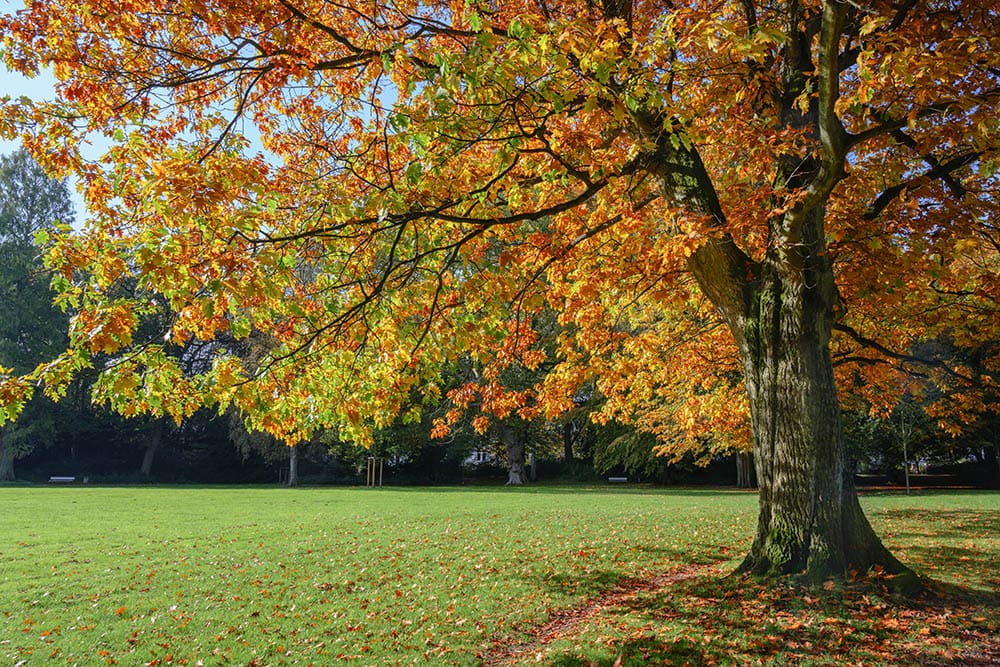
This is actually, rather than being one tree, a group that are porous. Grain can be challenging for carvers, but it can take some decent detail. It will last well, and many houses that have newel posts from over 100 years ago still are going strong. When using red oak, make sure that you are keeping your tools really sharp.
- Handles
- Furniture
- Spoons
- Boxes
19. Sycamore
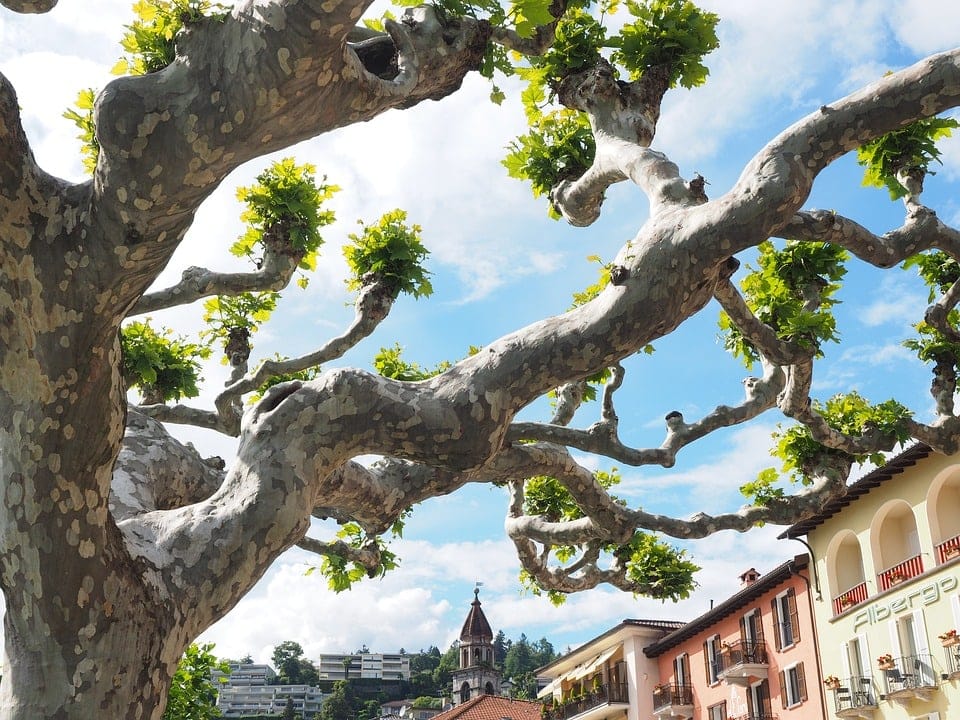
This wood is often forgotten but it’s used for many things. Quatersawn sycamore is the one that’s best used, and it creates a truly pretty ray pattern when it’s cut this way. The wood can be reddish brown, silvery white or somewhere in between. It’s moderately strong, moderately heavy, moderately hard, moderately stiff and has good resistance against shock. It can be a bit difficult to work with, but you’ll be well rewarded in the end.
- Dishes
- Decorative items
- Ornaments
Now that we have looked at the types of wood that you can use for carving, we’re going to give you some tips on finding the wood.

What Wood is Best for Me?
Generally, the wood that is best when you want to carve is going to be from a leafy, hardwood tree instead of conifers. The grain structure of hardwood is generally denser, which is often nicer when carving, and this means they will absorb a lot less moisture. This is very important when you are making a functional item such as a spoon or bowl.
There are some woods that are really soft, like birch, which makes them perfect types of wood for practicing. However, being soft isn’t enough to make it simple to carve. And there are many nice woods that are tougher, so you want to experiment to see what you’ll like the best.
There are some other gorgeous woods to carve, such as Cherry, Sycamore and others. As you can see from our list, there are many options for carving, so you want to give different ones a try and see what you like best.
Fresher is Better
It’s a good idea to get your wood when it’s green, so it has lots of moisture in it. When wood’s dried out or rotten, you should avoid it. When you have fresh wood, use it immediately or put it in storage. Cover it over so that it’s shielded from the rain and sun and keep it off of the ground.
Clean & Straight
When you’re carving your wood, you’re working with its fibers. Life is a lot easier when the wood’s grain doesn’t have any knots and it’s straight. Search for a straight log or branch, with an outer bark that’s smooth and few side branches or knots.
Where Can Wood Be Found?
Walking in the forest is not only relaxing, but it can be a great way to find an interesting branch. When you just can’t find the right one, being friendly with a park warden or tree surgeon is a good idea.
Tree surgeons are always felling or pruning trees, generally because they have become unsafe. So, it doesn’t hurt to ask them when they’re doing a nearby job and rescue a likely looking branch from their chipper. Some of the surgeons also might have yards too that they will let you peruse if you are nice when asking.
A park warden is another person that you can speak with. They’re generally friendly, and they often will have lots of logs or branches that were recently cut. You never know what you can find. Just be nice and ask.
If you want a good axe block, you might need something a little bigger. Something that’s one foot around and two feet in length is ideal for an axe block that’s knee-high. Ask the tree surgeon if they’d be willing to hold a section for you when they fall a large tree, especially if it has a nice flat surface so that it stands vertical and nice without wobbling.

Conclusion
Wood is very diverse, and trees are very different when you are carving. When you are a beginner, selecting a lightweight and soft wood like butternut or basswood will be best for starting out. If you are going to create things that need to be durable, like cabinetry or furniture, you want to choose something like oak.
You want to practice using various types of wood so that you know how they are going to respond to the tools you’re using, how they are going to finish, and the products that you’ll be able to create successfully with the wood.
Related Reads:
- 12 DIY Balsa Wood Projects You Can Do Today
- 20 DIY Wood Carving Patterns You Can Create Today
- 10 DIY Whiskey Barrel Planter Ideas to Build (With Pictures)
Featured Image Credit: Pixabay
Contents

